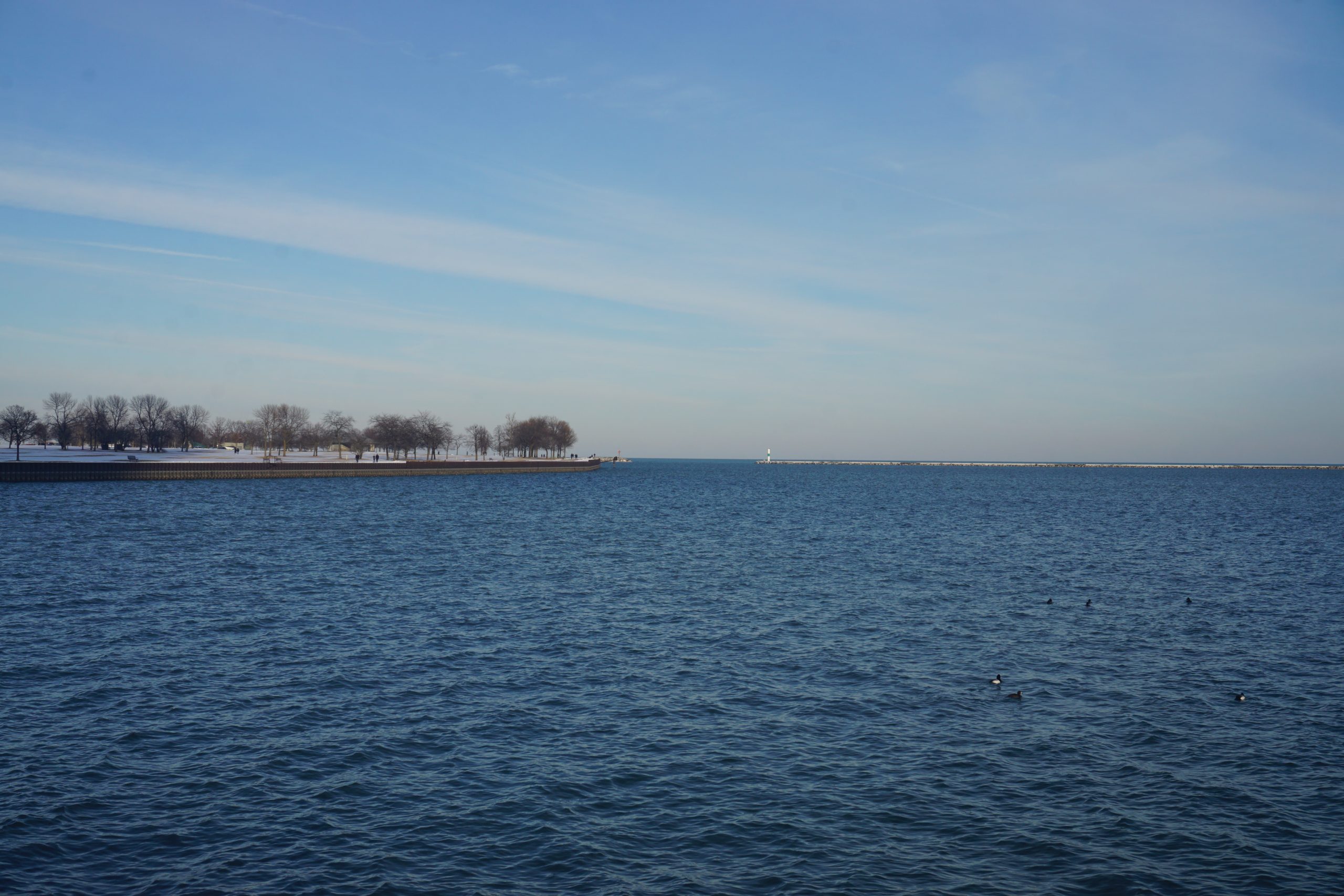Overview

The Lake Michigan Overlook, located within Sleeping Bear Dunes National Lakeshore, offers breathtaking views of the lake and surrounding landscape. However, the steep terrain and high water levels can pose significant risks to visitors, leading to the need for rescue operations. This blog post will provide an in-depth look at the Lake Michigan Overlook Rescue, including safety precautions, reporting emergencies, common hazards, and relevant statistics.
Safety Precautions

To avoid the need for rescue at the Lake Michigan Overlook, visitors should take the following safety precautions:
- Stay on Designated Trails: Avoid venturing off the paved path and observation deck to prevent erosion and injury.
- Be Prepared: Bring water, snacks, and appropriate clothing, including hats, loose-fitting light-colored clothing, and sturdy shoes.
- Assess Physical Abilities: Ensure you are physically capable of climbing the steep dunes and traversing the terrain.
- Avoid Going Down the Dune: Climbing back up can be extremely challenging and may require rescue.
Reporting Emergencies or Requesting Rescue Assistance
In case of an emergency or if you need rescue assistance at the Lake Michigan Overlook, follow these steps:
- Call 911: For immediate assistance, dial 911 to alert local authorities.
- Contact Park Rangers: Reach out to park rangers or volunteers from the Preventative Search and Rescue (PSAR) team, who are stationed at the overlook during peak times.
Common Hazards Requiring Rescue
The Lake Michigan Overlook poses several hazards that may require rescue operations, including:
- Steep Terrain: The 450-foot drop to Lake Michigan can be treacherous, especially when climbing back up.
- High Water Levels: Record high water levels can make rescue operations more complicated and expensive.
- Inadequate Preparation: Visitors who are not properly prepared with water, snacks, and appropriate clothing may need rescue.
Statistics and Costs
- Rescue Costs: Visitors may be charged up to $3,000 for rescue operations, depending on the complexity and resources required.
- Rescue Numbers: The number of rescues has decreased in recent years due to preventative efforts, with an average of 32 rescues per year since 2019.
- PSAR Impact: The Preventative Search and Rescue (PSAR) team has significantly reduced the number of rescues and 911 calls at the Lake Michigan Overlook and Dune Climb.
References
- Lake Michigan Overlook – Sleeping Bear Dunes National Lakeshore
- Sleeping Bear Dunes rescues drop, but volunteers still carry socks for hikers
- Park rangers urge preparation to avoid rescue operations at Sleeping Bear Dunes National Lakeshore
- Rescue numbers drop at Sleeping Bear Dunes, volunteers carry socks
- Preventative Search and Rescue (PSAR) – Friends of Sleeping Bear Dunes
